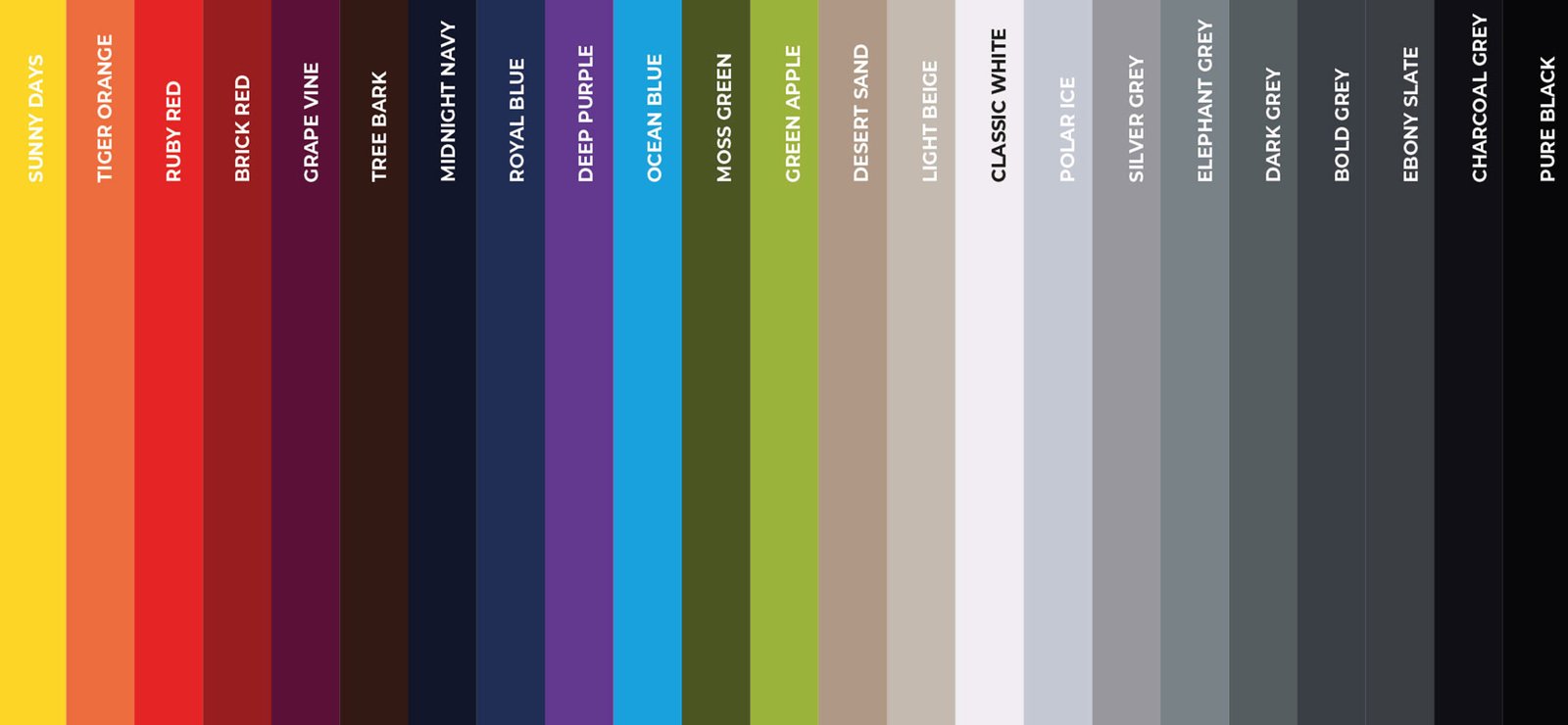
La psicología del color es el estudio de como el color impacta e influencia nuestro estado de ánimo y comportamientos. Esta rama de la psicología aduce que los colores desencadenan emociones automáticas en todos nosotros pero que dichas emociones varían de acuerdo con el contexto en el cual encontramos el color e incluso la cultura en la que vivimos.
Antiguos egipcios, usando el color para sanar
Los antiguos egipcios estudiaron el color y su efecto en el estado de animo de las personas, así mismo usaron colores holísticamente para crear medicinas y tratamientos.
Ellos creían que el color:
Rojo– aumenta la circulación y estimula el cuerpo y la mente
Amarillo– purifica el cuerpo y ayuda a los nervios
Naranja– aumenta la energía
Azul– calma el dolor
Purpura– ayuda a la piel
Negro– vida y renacimiento
El creador de la psicología del color
Carl Jung (1875-1961) psiquiatra suizo, estudió el color como una forma de psico-terapia y desarrolló las teorías de lo que hoy son las bases de la teoría del color que son usadas en marketing (especialmente sobre branding) arquitectura y diseño interior. Jung dijo “los colores son la lengua natal del subconsciente” su trabajo lo llevó a desarrollar terapias con arte concluyendo que nuestra percepción cultural del color trabaja en conjunto con nuestra respuesta física al mismo.
Los cinco puntos de su estudio mostraron que:
- El color tiene un significado especifico
- Ese significado puede ser aprendido, inherente o biológico
- Cuando ves un color, lo evalúas y ello causa el comportamiento
- La influencia del color en las personas es automática
- El significado del color depende del contexto
El impacto del color
Todo lo anterior solo quiere decir que el impacto del color varía ampliamente entre entornos y culturas alrededor del mundo, lo cual es fascinante para una empresa como ezoBord ya que trabajamos con diseñadores y arquitectos en todo el mundo, lo cual nos lleva a proponer colores como:
Azul

El uso de este color ha sido científicamente comprobado disminuyendo la presión sanguínea, el ritmo cardiaco y el estrés. El color azul esta universalmente asociado con la productividad y es muy popular en el branding de empresas tecnológicas o de servicios.
Amarillo
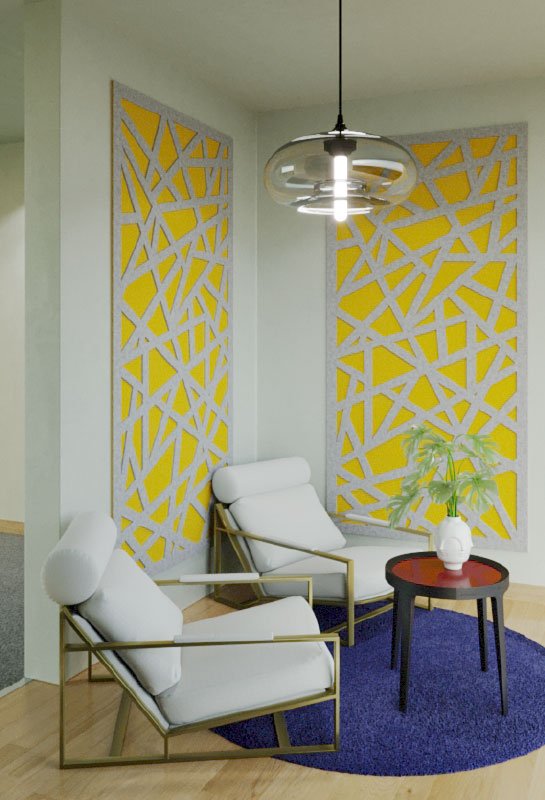
El amarillo está asociado con la bienvenida, calidez, el sol y la felicidad, pero si se usa un tono muy brillante, se puede asociar con ¡frustración y hambre! Se ha comprobado que con el uso excesivo de este color se incrementa la impaciencia en el trabajo y el cansancio en la vista.
Rojo
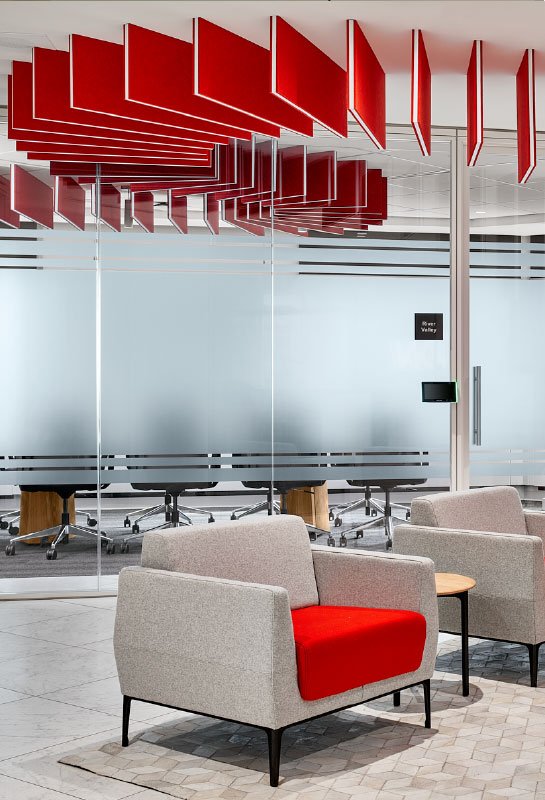
Los aspectos más positivos de usar el color rojo son: incrementa las funciones del cerebro, emociona y estimula. El rojo es el color de la pasión y el amor y bueno, también el peligro. Estudios han demostrado que los empleados no permanecen mucho tiempo en un ambiente con mucha carga de este color.
Violeta

Si bien se percibe como un color femenino por ciertas culturas, el violeta genera sensaciones de confort y relajación. Este color usualmente es usado en espacios que proveen servicios de bienestar.
Blanco

Limpio y estéril. El blanco es ideal para cierto tipo de espacios de trabajo, pero también puede causar fatiga en la visión particularmente si se combina con superficies altamente reflectivas.
Verde

Este color es restaurador lo cual implica también su asociación con energía y juventud. Los diferentes tipos de tonos de verde pueden incrementar los niveles de concentración, así mismo es un color que ayuda relajar la visión.
Mono-tono

Ambientes que solamente contienen colores oscuros, tienen un efecto negativo en la moral y la productividad del empleado, por eso es mejor combinar estos tonos con otros colores.
Color en el trabajo
El uso del color en el ambiente de trabajo tiene un gran impacto en los sentimientos de bienestar de los empleados y en su productividad. En ezoBord nosotros tenemos una gran selección de colores para nuestros productos acústicos, para poder resolver cualquier proyecto.


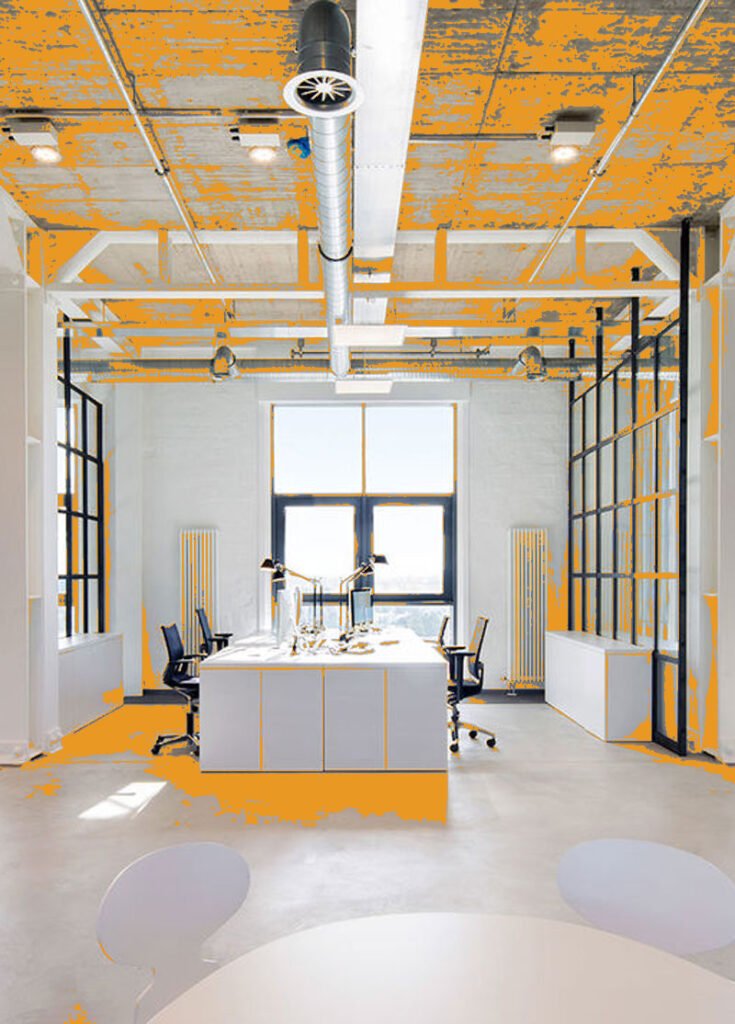

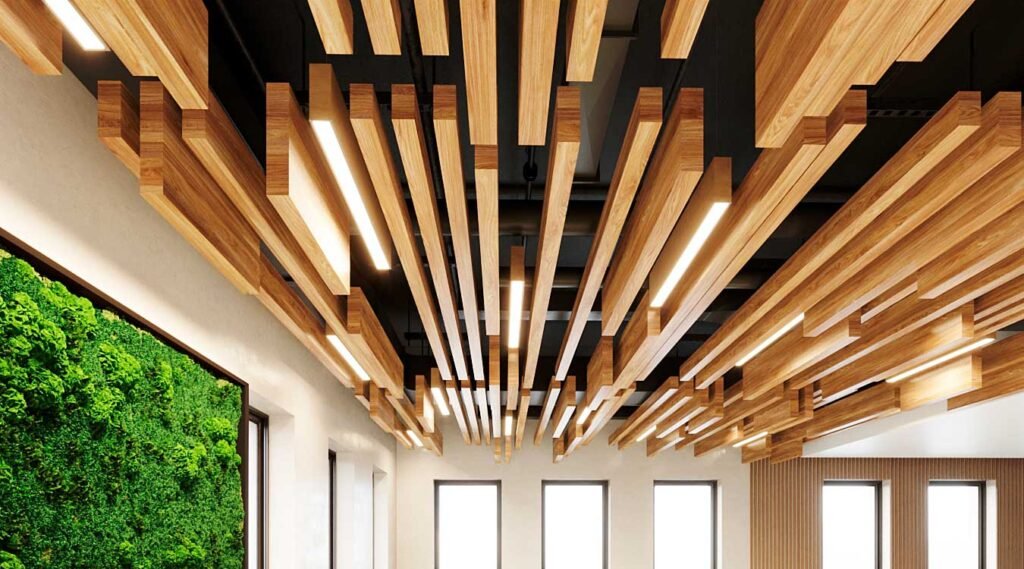

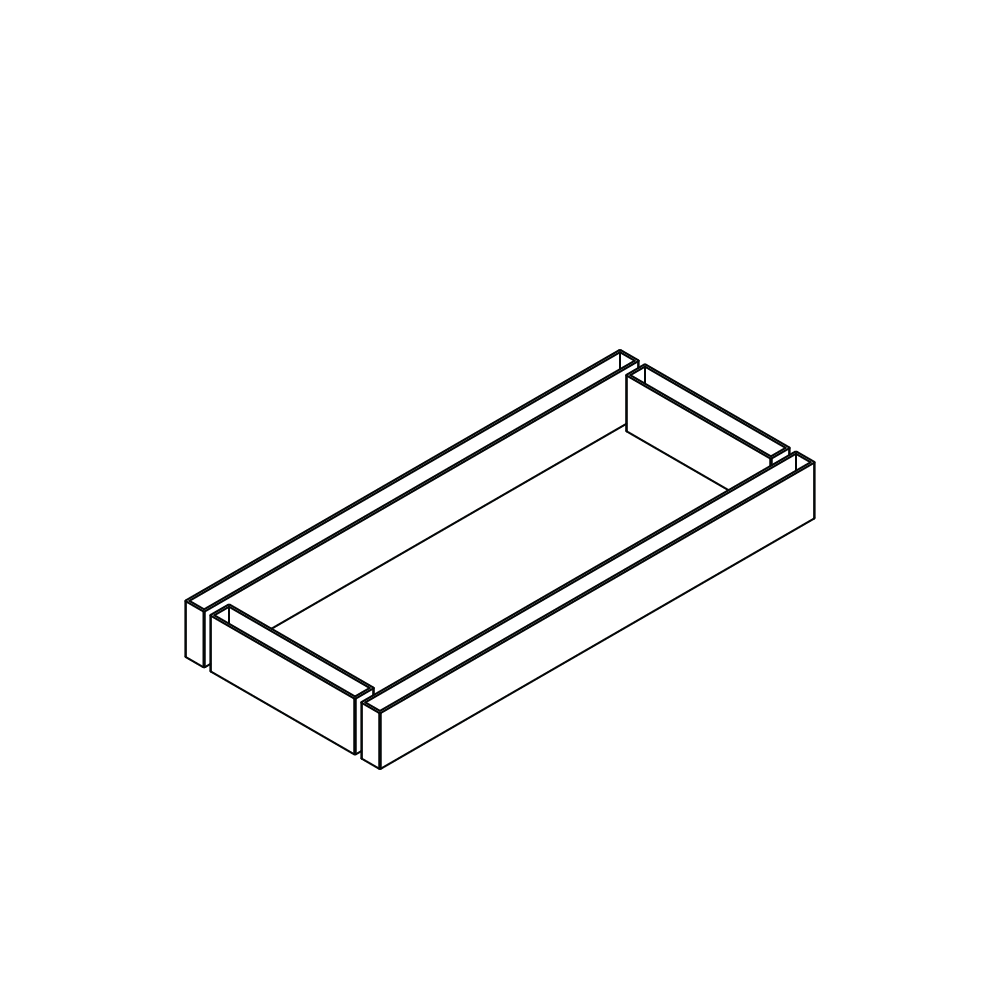
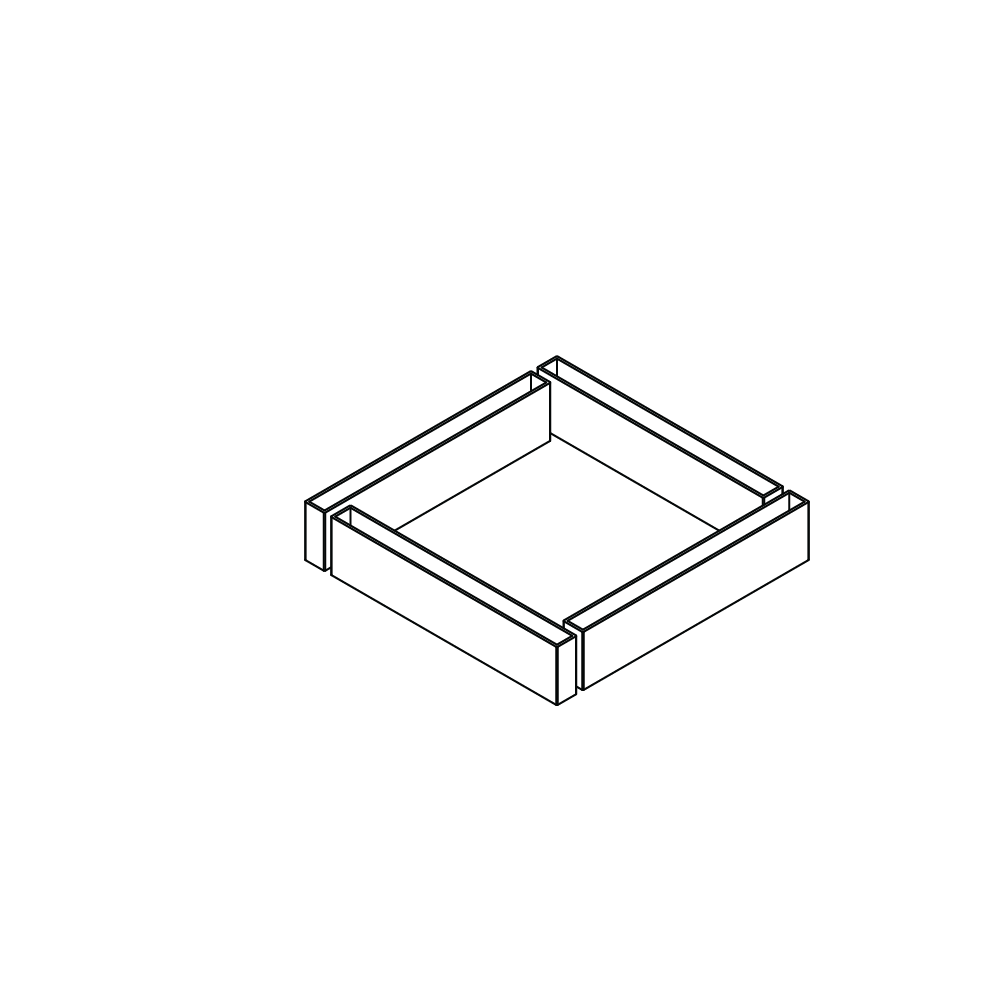
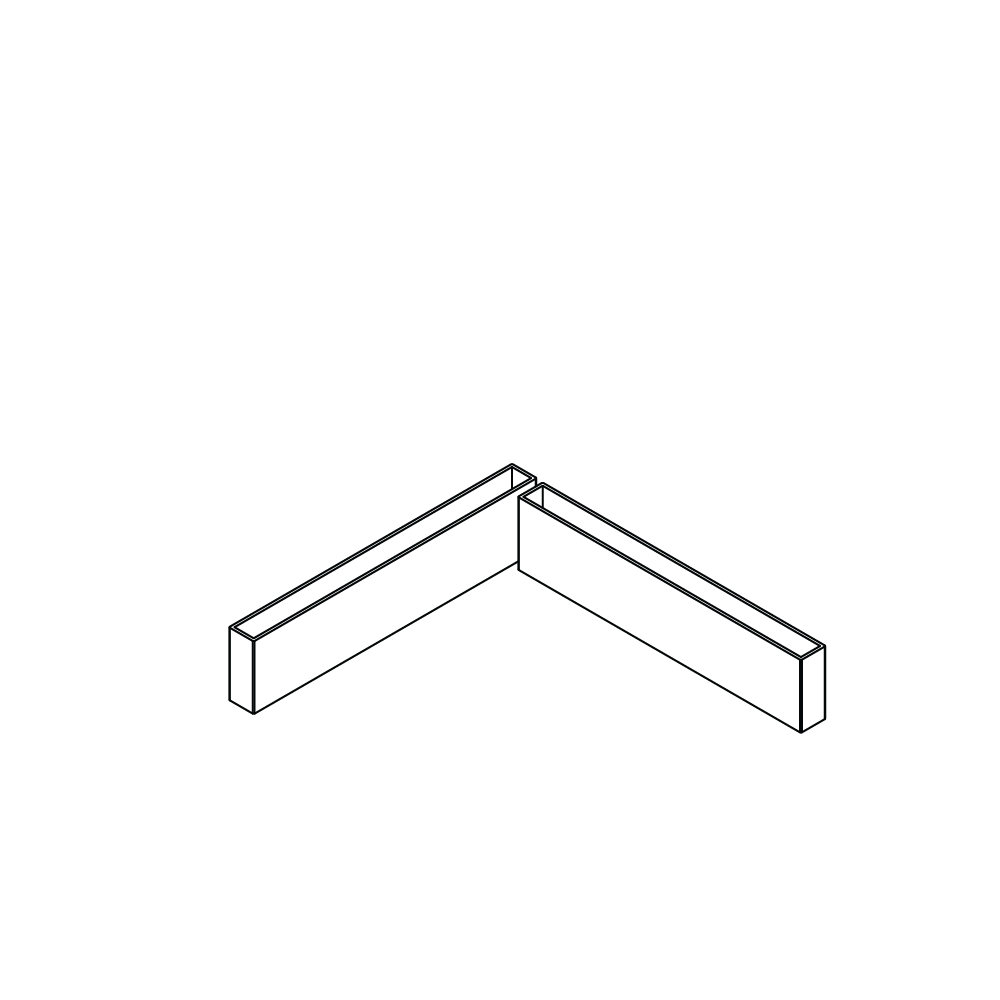
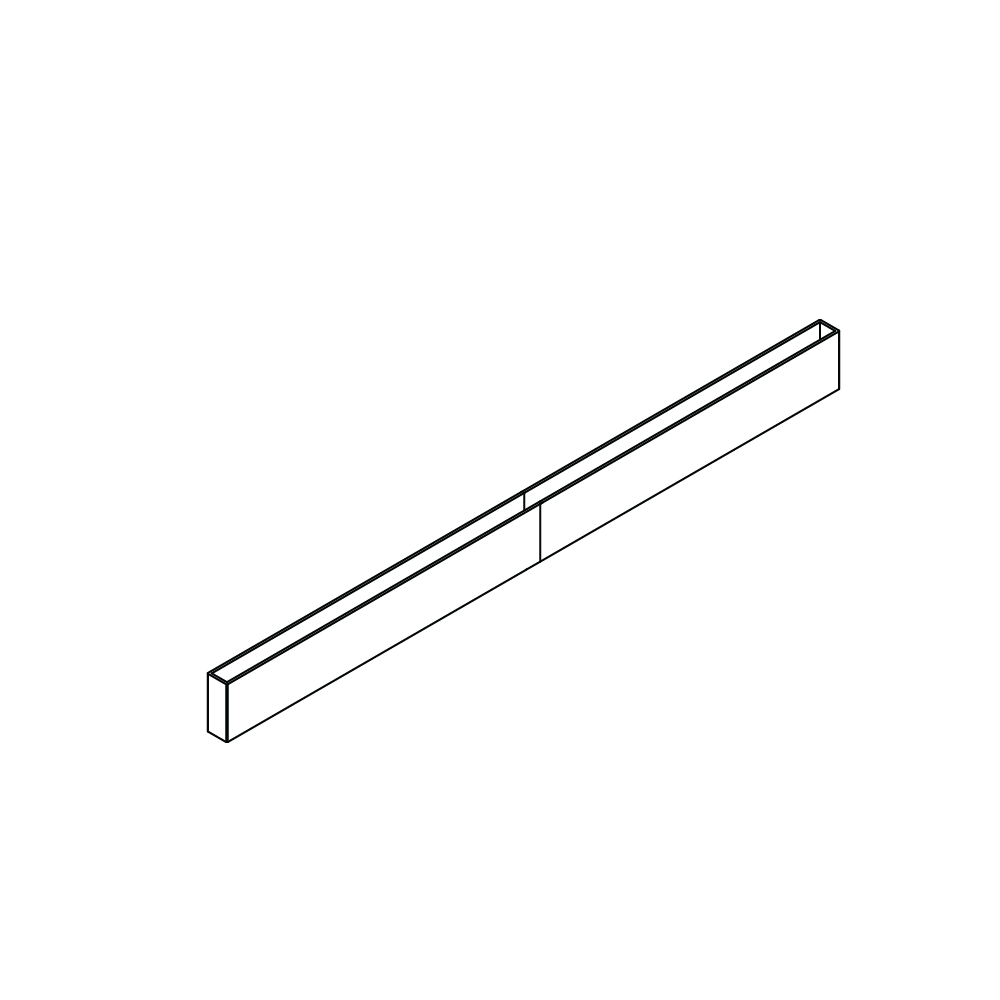
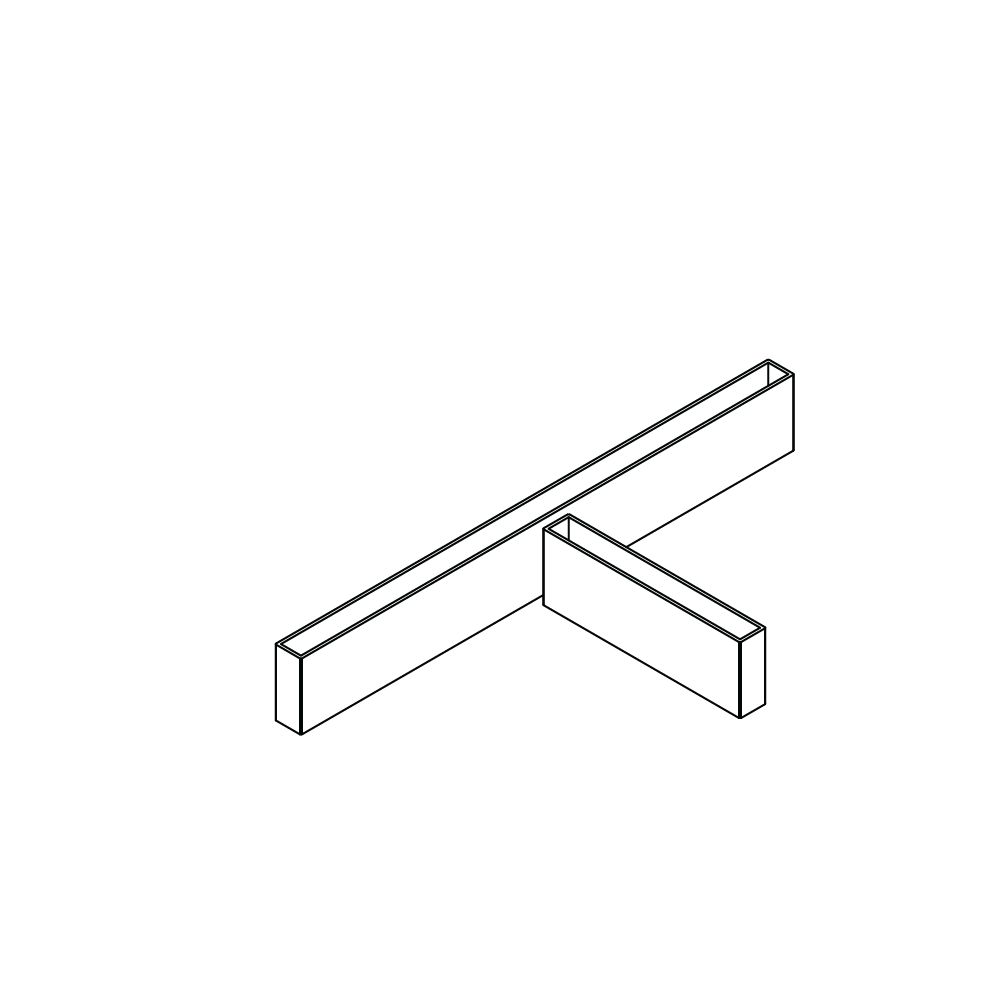


Recent Comments